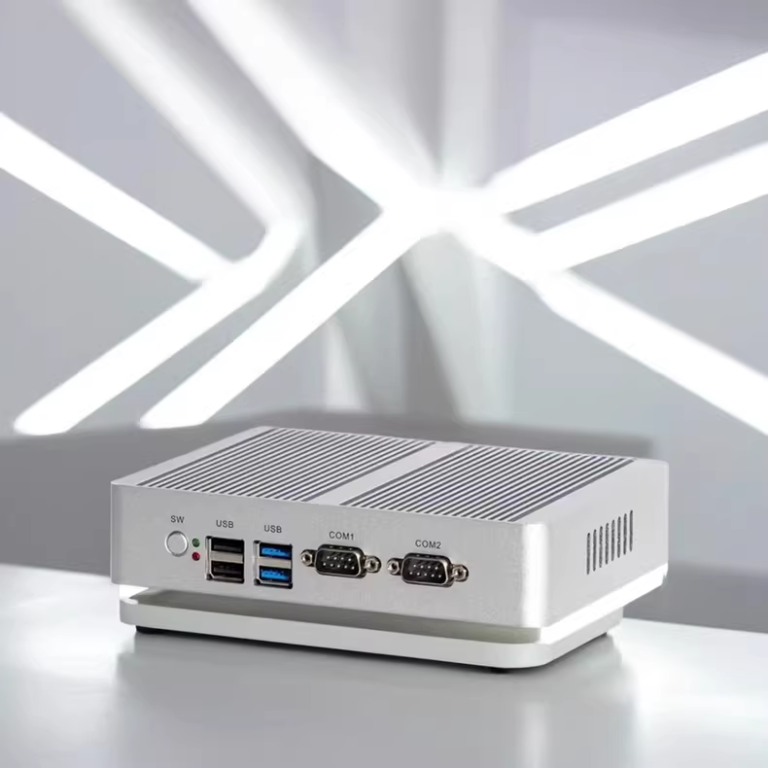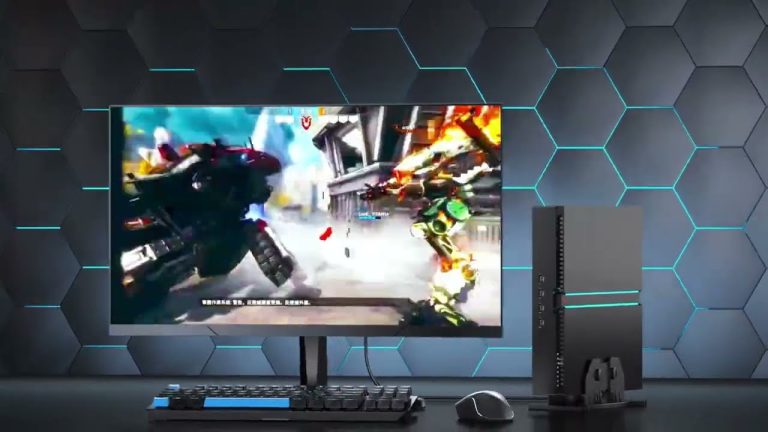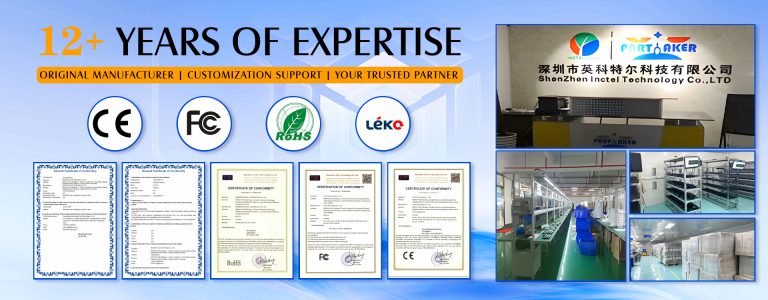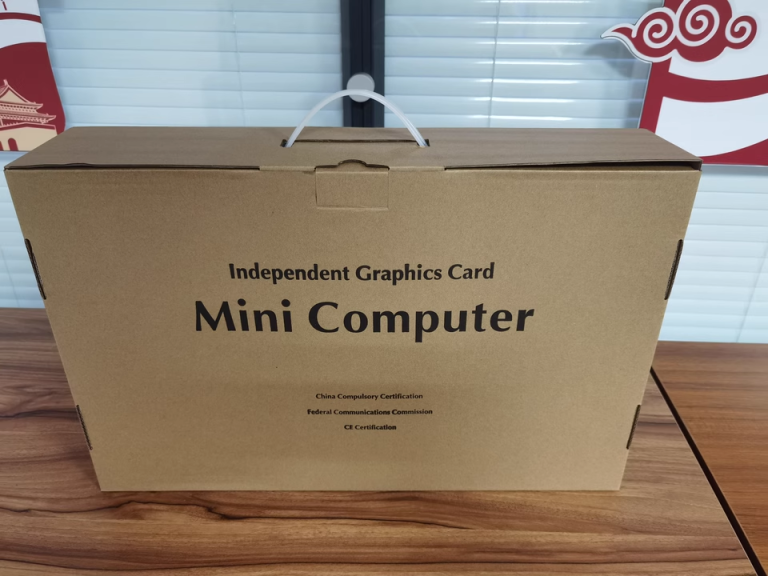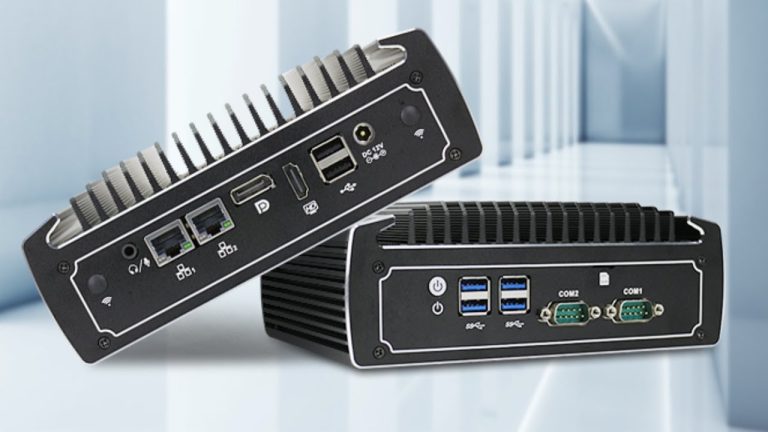Look for a compact computing solution? Mini PCs are born for those who want power without sacrificing space. These small devices fit seamlessly into any environment, whether it’s your home office or living room. With their growing capabilities, Mini PCs can handle everything from everyday tasks to light gaming and media streaming.
Today, we’ll explore the top 10 FAQs to help you understand what to consider before making a purchase in the hope that you can find a perfect Mini PC for your needs.
Why should you consider a mini PC over a regular desktop?
A Mini PC is a compact, space-saving alternative to traditional desktop PCs. It is made to deliver sufficient power for everyday tasks in a small form factor. Unlike large tower PCs, Mini PCs can fit in the palm of your hand, which is ideal for those who struggle with limited desk space or those who prefer a computing machine that is easy to carry or to move. A mini PC has a great many to offer; you can use it well for web browsing, media consumption, office work, and even light gaming or server tasks.
What are the limitations of a Mini PC compared to full-sized desktops?
Mini PCs generally lack the raw power of a traditional desktop because of space constraints that limit cooling and component size. Most Mini PCs use laptop-grade CPUs, which are designed for lower power consumption and less heat dissipation. High-end gaming, complex rendering, or heavy multitasking may not perform as well as on a larger machine with more powerful hardware.
How much does a Mini PC cost?
Entry-level Mini PCs, good for basic tasks like web browsing and office work, generally start around $150 to $300. Mid-range models, which offer better performance for multitasking, media consumption, or light gaming, can cost between $400 and $800. High-performance Mini PCs, equipped with more powerful CPUs, larger storage, and better graphics capabilities, can go beyond $1,000, especially if they support external GPUs or come with extensive upgradability.
Are Mini PCs upgradeable?
Mini PCs, by their very nature, usually offer very limited upgradability compared to traditional desktops. Most allow RAM and storage upgrades, typically via M.2 or 2.5″ SSDs; they generally do not support upgrades to the CPU or GPU. Be sure to check the specifications for expandability before buying, as some models may support additional storage options or dual-channel RAM setups that may help boost performance.
Can you leave a Mini PC on 24/7?
Yes, you can leave a Mini PC running 24/7. In fact, many users deploy Mini PCs for tasks that require continuous operation, such as home servers, media centers, or network storage. Mini PCs are designed to be energy-efficient and generate less heat than traditional desktops, making them suitable for long-term use. However, to ensure longevity and performance, proper ventilation and occasional restarting of the system to prevent memory leaks or software issues are required.
What operating systems are compatible with Mini PCs?
Most Mini PCs come pre-installed with Windows, but many models are also compatible with Linux distributions, making them versatile for different user needs. If you’re a Mac user, Mini PCs won’t run macOS without complex modifications, but they can offer similar functionality at a lower cost. Some barebones kits even come without an OS, allowing users to install whatever suits them best .
What are barebones Mini PCs, and should I consider one?
A barebones Mini PC comes with only the essential components, typically the case, motherboard, and CPU, leaving you to provide the RAM, storage, and sometimes even the operating system. This is ideal for users who want to customize their setup or reuse existing parts. If you’re not tech-savvy, a ready-to-go Mini PC may be a better option, as it will come pre-assembled and pre-configured.
How many ports do Mini PCs usually have, and what should I check for?
Mini PCs vary in the number of available ports, but most provide a decent selection, including USB, HDMI, and Ethernet. However, not all models will have multiple HDMI or DisplayPort options, so if you’re planning a dual-monitor setup, ensure that your Mini PC supports this. For peripherals like external storage or accessories, check that it includes enough USB ports, preferably USB 3.0 or higher, for fast data transfer.
Can I use a Mini PC as a media center?
Mini PCs are an excellent option for media centers due to their small size, low power consumption, and quiet operation. They can easily be connected to TVs or monitors via HDMI and are capable of streaming 4K content, depending on the model. Many users prefer Mini PCs over media sticks or boxes because they offer more flexibility in terms of storage and the ability to install a full operating system for media playback.
What should I look for in terms of memory and storage?
Most Mini PCs come with at least 8GB of RAM, which is sufficient for most tasks, but heavier workloads or multitasking may require 16GB or more. As for storage, Mini PCs often come with SSDs, which provide faster boot times and overall better performance compared to HDDs. Check if your Mini PC has additional slots for expandable storage or dual-channel RAM for improved performance.
Summary
When buying a Mini PC, definitely consider your needs. Whether it’s for casual usage, office work, or perhaps media consumption, a Mini PC does not hold as much raw power compared to a full-size desktop but instead offers versatility, power efficiency, and a compact footprint suitable for most modern computing tasks. Make sure to assess upgradability, port availability, and performance so that you get the best Mini PC for your needs.






